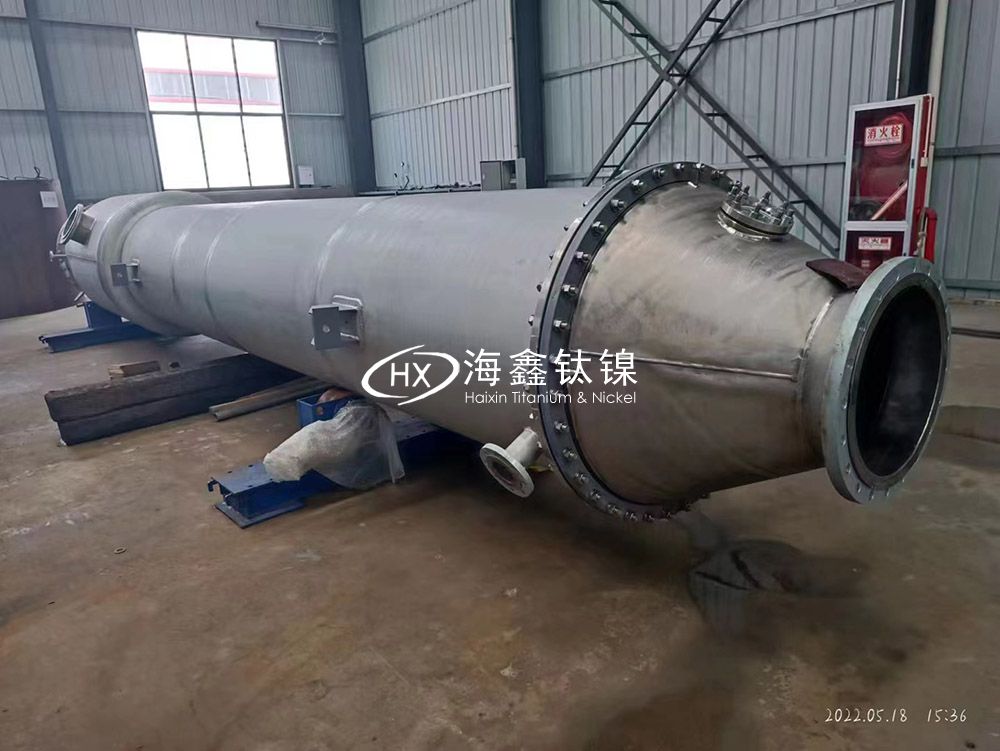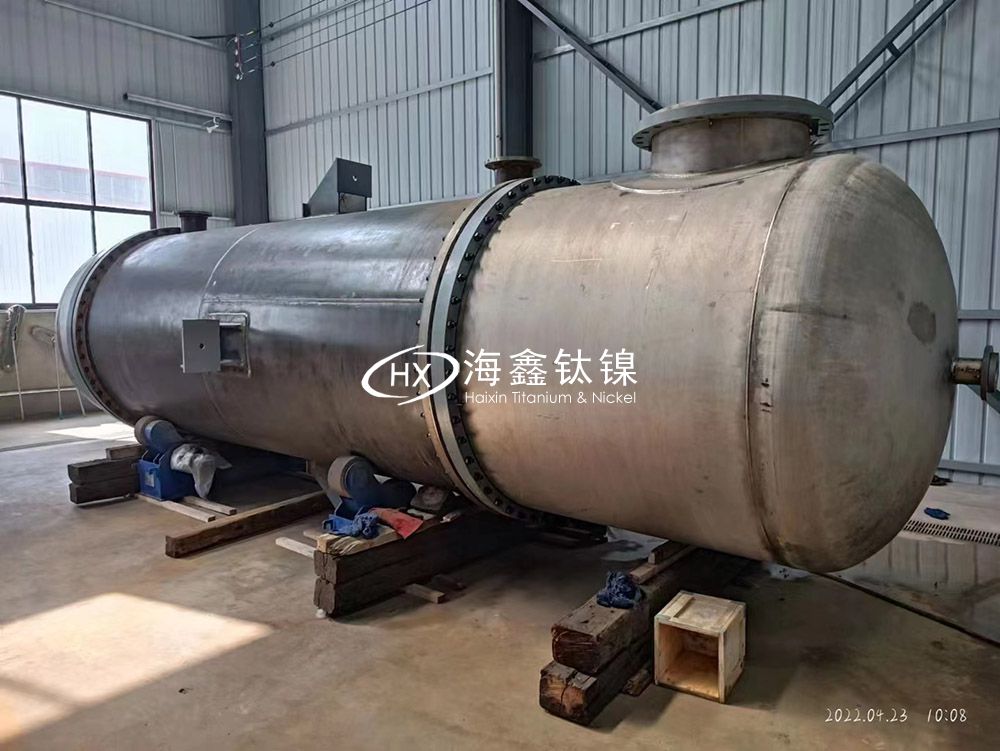1. Heat Transfer Area
The heat transfer area is calculated based on the outer diameter of the heat exchange tubes, excluding the length of tubes extending into the tube sheet.

2. Determination of Heat Transfer Process Flow
Fluid Path Selection:
(1) Contaminated or scaling fluids should flow through the tube side for easier cleaning.
(2) Corrosive fluids should flow through the tube side.
(3) High-pressure fluids should flow through the tube side.
(4) Extremely high- or low-temperature fluids should flow through the tube side to minimize heat loss.
(5) Steam typically flows through the shell side to facilitate condensate drainage and enhance heat transfer efficiency.
(6) High-viscosity fluids should flow through the shell side to improve flow velocity.
(7) Fluids with low heat transfer coefficients (e.g., gases) should flow through the shell side to increase velocity.
(8) Low-flow-rate fluids should flow through the shell side to optimize flow patterns.

3. Corrosion Allowance (C₂)
For components subject to uniform corrosion or wear, determine the corrosion allowance based on the design service life and corrosion/erosion rate of the material.
Different corrosion allowances may be applied to components with varying corrosion exposure levels.
For carbon steel or low-alloy steel exchangers handling compressed air, steam, or water, the minimum corrosion allowance is 1 mm.
Heat exchange tubes do not require corrosion allowance.
Non-pressure components (e.g., tie rods, spacer tubes, baffle plates) generally do not require corrosion allowance.
4. Tube Pitch
The center-to-center distance between tubes should be ≥ 1.25 × outer diameter of the heat exchange tubes.
For mechanical cleaning:
Use square tube arrangement with straight, continuous flow channels.
Minimum clearance between adjacent tubes: 6 mm.
Minimum center distances for tubes with outer diameters:
10 mm: 17 mm
12 mm: 19 mm
14 mm: 21 mm